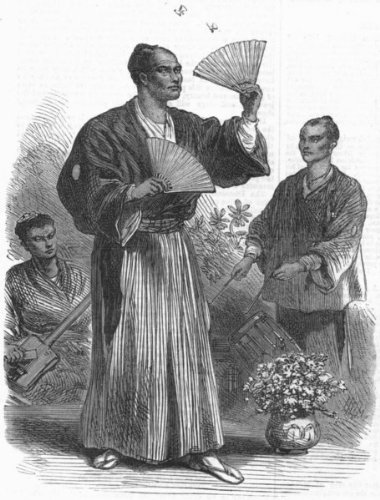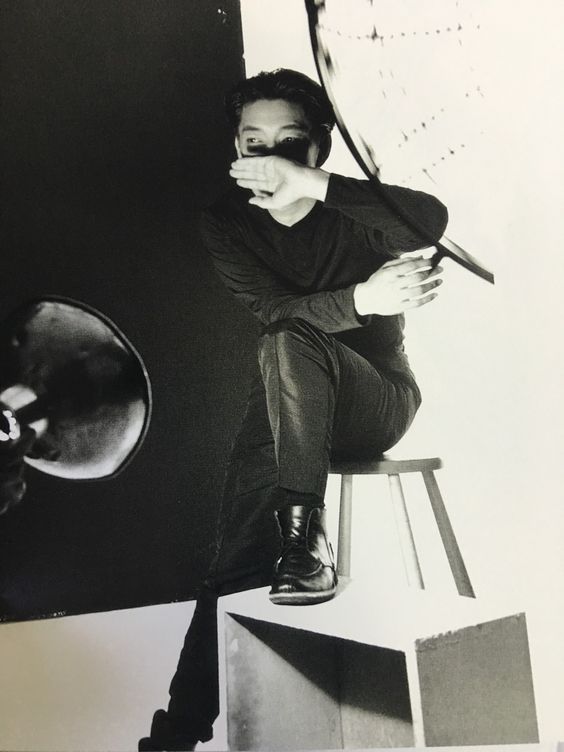
LTDM80J Episode 05:
Hong Kong to San Francisco (Via Yokohama)
In July 1867, a group of 14 jugglers, balancers and acrobats from Yokohama, Japan, including Matsui Gensui, arrived in Paris and performed for the first time at the Second Paris International Exposition. It was there that Jules Verne first discovered this Japanese art, and so he managed to describe in so much detail the numbers of the acrobatic troupe that Fileas Fogg encounters during his short stop in Yokohama, Japan.
— “The Carnatic, setting sail from Hong Kong at half past six on the 7th of November, directed her course at full steam towards Japan. She carried a large cargo and a well-filed cabin of passengers. Two state-rooms in the rear were, however, unoccupied,— those which had been engaged by Phileas Fogg.”
— “At dawn on the 13th the Carnatic entered the port of Yokohama.”
— “Arrived in Yokohama”
— “ACROBATIC JAPANESE TROUPE, HONORABLE WILLIAM BATULCAR, PROPRIETOR.”
— “The Carnatic, setting sail from Hong Kong at half past six on the 7th of November, directed her course at full steam towards Japan. She carried a large cargo and a well-filed cabin of passengers. Two state-rooms in the rear were, however, unoccupied,— those which had been engaged by Phileas Fogg.”
— “At dawn on the 13th the Carnatic entered the port of Yokohama.”
— “Arrived in Yokohama”
— “ACROBATIC JAPANESE TROUPE, HONORABLE WILLIAM BATULCAR, PROPRIETOR.”
— “[…] but it must be confessed that the Japanese are the first equilibrists in the world. One, with a fan and some bits of paper, performed the graceful trick of the butterflies and the flowers;”
We are listening to Midori Takada's piece “Mr. Henri Rousseau's Dream”, inspired by the famous painting of Rousseau, which, according to the painter’s poem that accompanies it, depicts a woman dreaming to the sounds of a reed instrument in the jungle. Rousseau's best-known paintings depict jungle scenes, even though he never left France or saw a jungle. His inspiration came from the botanical gardens in Paris and the museum of natural history. His great voyages of discovery took place in his imagination. Like Jules Verne.
We are listening to Midori Takada's piece “Mr. Henri Rousseau's Dream”, inspired by the famous painting of Rousseau, which, according to the painter’s poem that accompanies it, depicts a woman dreaming to the sounds of a reed instrument in the jungle. Rousseau's best-known paintings depict jungle scenes, even though he never left France or saw a jungle. His inspiration came from the botanical gardens in Paris and the museum of natural history. His great voyages of discovery took place in his imagination. Like Jules Verne.
— “There he saw dazzling camellias expanding themselves, with flowers which were giving forth their last colours and perfumes, not on bushes, but on trees; and within bamboo enclosures, cherry, plum, and apple trees, which the Japanese cultivate rather for their blossoms than their fruit […]”
— “The steamer which was about to depart from Yokohama to San Francisco belonged to the Pacific Mail Steamship Company, and was named the General Grant.”
— “Nothing of moment happened on the voyage; the steamer, sustained on its large paddles, rolled but little, and the Pacific almost justified its name. Mr. Fogg was as calm and taciturn as ever.”
— “Eleven days later, on the 3d of December, the General Grant entered the bay of the Golden ' Gate,and reached San Francisco.”
— “The steamer which was about to depart from Yokohama to San Francisco belonged to the Pacific Mail Steamship Company, and was named the General Grant.”
— “Nothing of moment happened on the voyage; the steamer, sustained on its large paddles, rolled but little, and the Pacific almost justified its name. Mr. Fogg was as calm and taciturn as ever.”
— “Eleven days later, on the 3d of December, the General Grant entered the bay of the Golden ' Gate,and reached San Francisco.”













